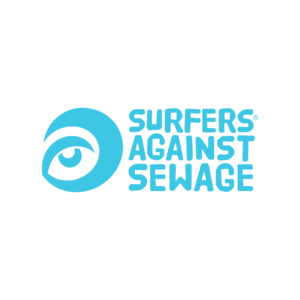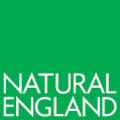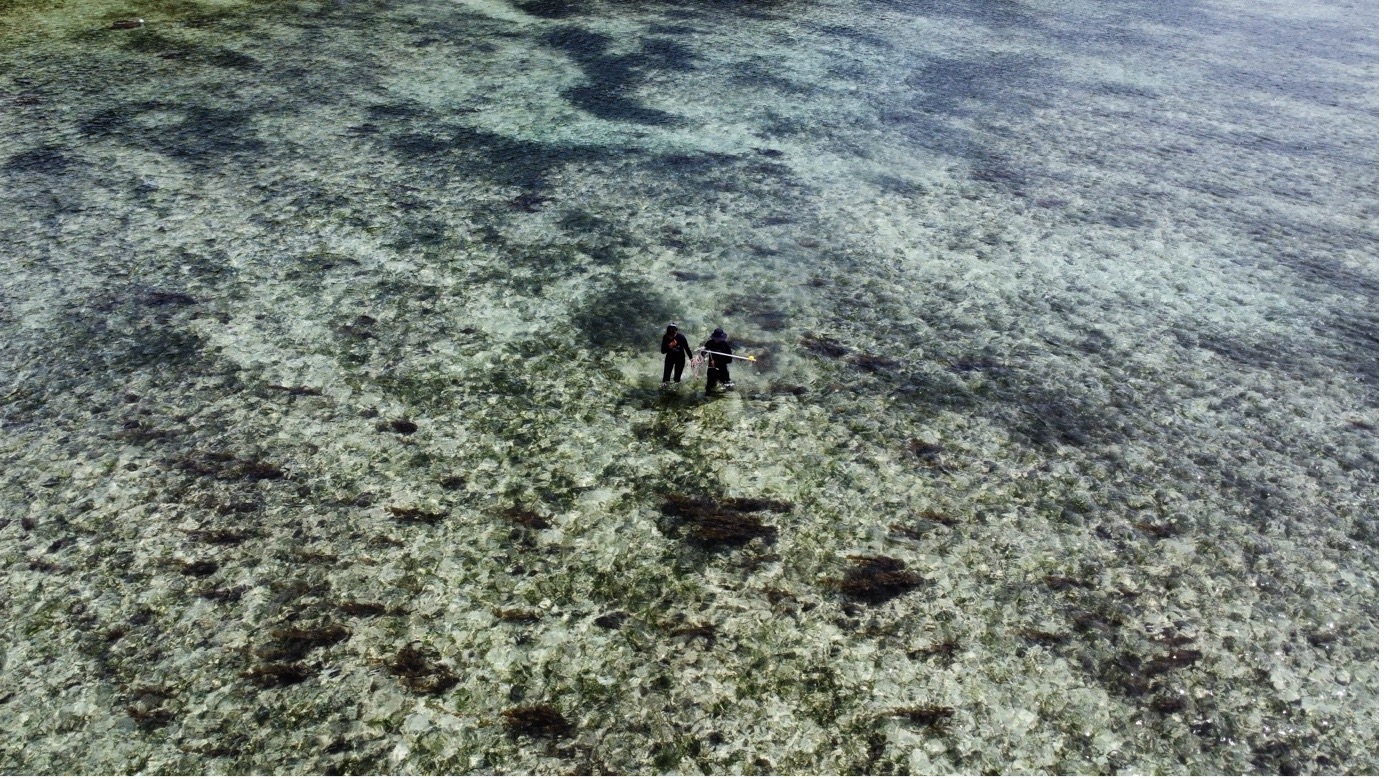WATER QUALITY
WATER QUALITY
We’re working to understand the effects of water quality on seagrass health around the UK and in sites in the Caribbean and South East Asia.
PARTNERS




FUNDERS



We’re working to understand the effects of water quality on seagrass health around the UK and in sites in the Caribbean and South East Asia.
PARTNERS




FUNDERS



Poor water quality is one of the biggest threats to seagrass.
We’re working to collect seagrass plant tissue as well as information on the density and morphometrics of the plants. The plant tissue gets cleaned, dried and ground, and then analysed for the amount of nitrogen, phosphorus and carbon it contains. We also look at the different types (isotopes) of nitrogen to understand where the nitrogen has come from which enables us to conduct some form of environmental forensics on what might be the source of poor water quality.



Based on the information gleaned from our literature review (and additional model simulations) we’ll develop a standardized assessment protocol that aims to maximize the quality of information we obtain from interviews and social surveys needed to best assess the status and trends of flats fisheries for management and conservation. We will the assess this protocol on the recreational South Florida bonefish fishery.
This flats fisheries assessment is being tested on bonefish but is also applicable to permit and tarpon and to regions outside South Florida.
We’d like to continue to expand this work so we get a better indication of the health of seagrasses all around the UK and beyond so that action can be taken to reduce the threat where seagrass are subjected to unhealthy conditions.

We’d like to continue to expand this work so we get a better indication of the health of seagrasses all around the UK and beyond so that action can be taken to reduce the threat where seagrass are subjected to unhealthy conditions.

GET INVOLVED
Help track the health and status of seagrass by uploading your sightings to SeagrassSpotter.

